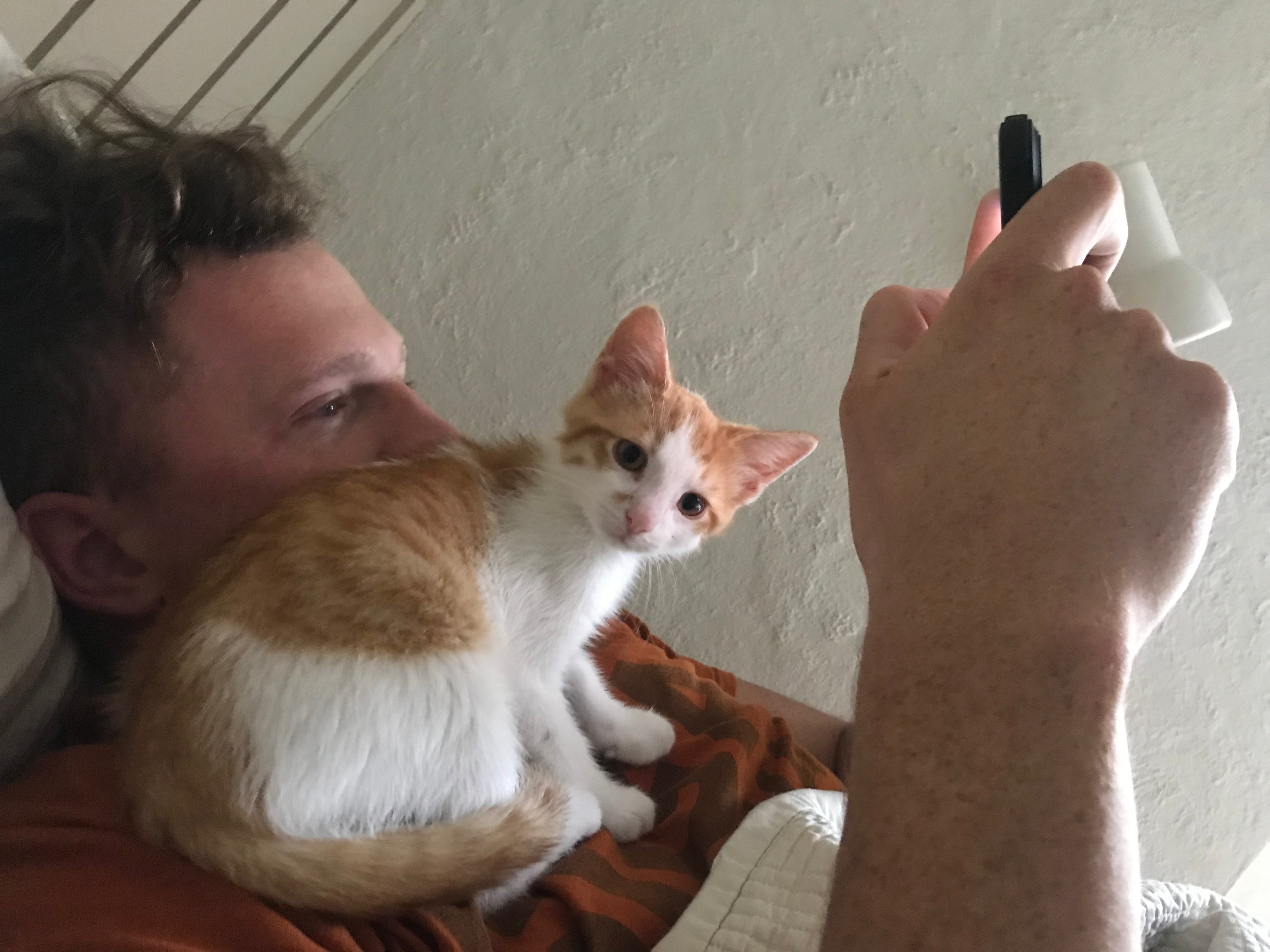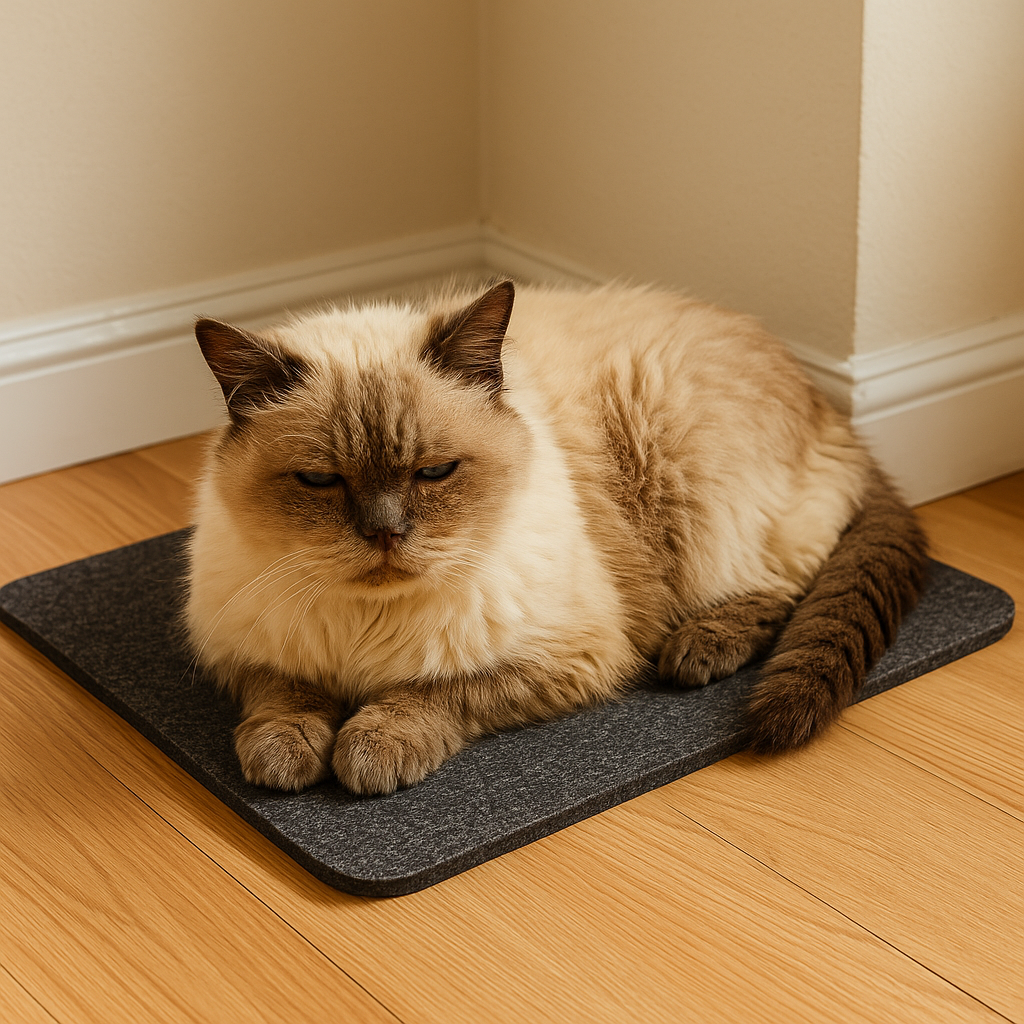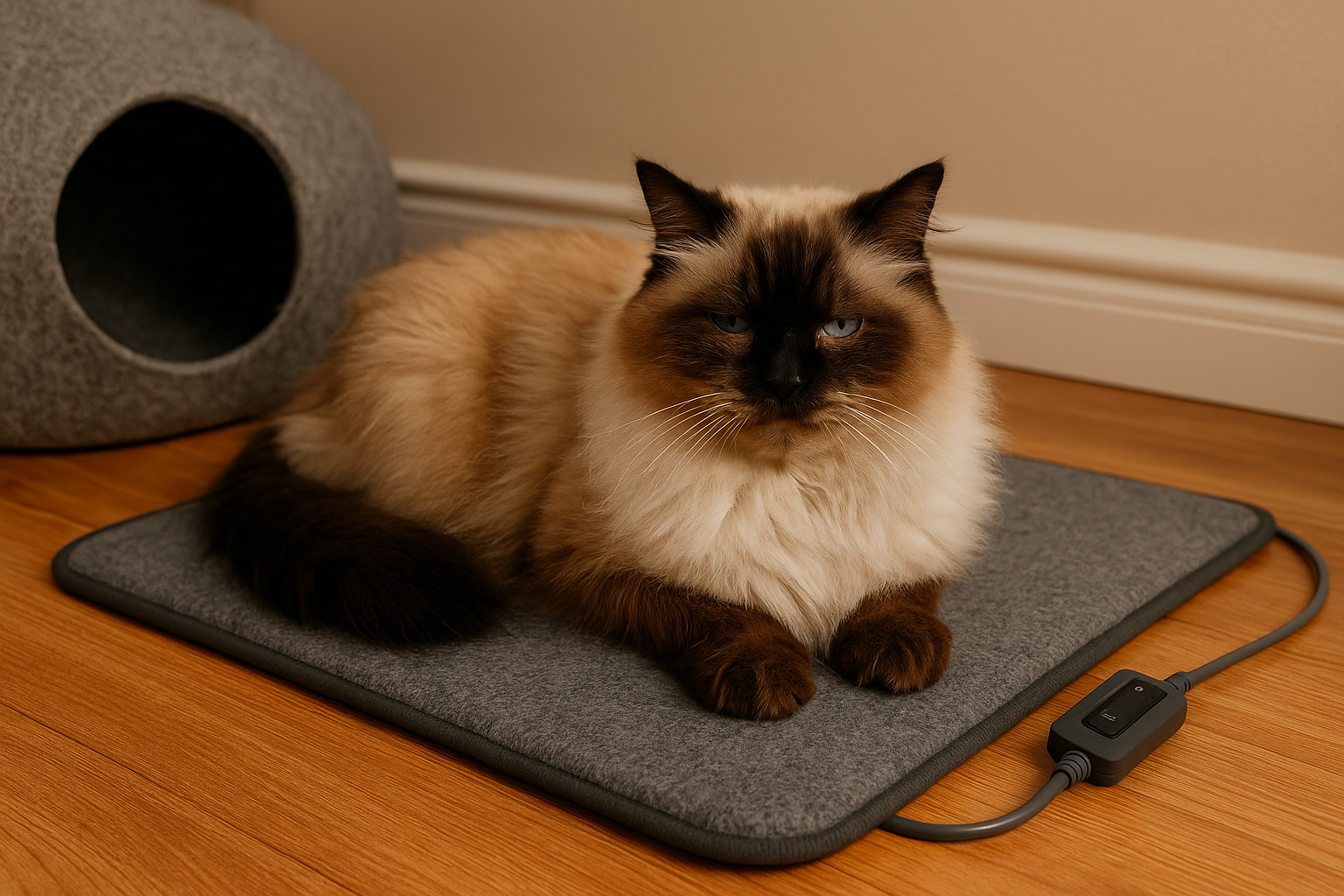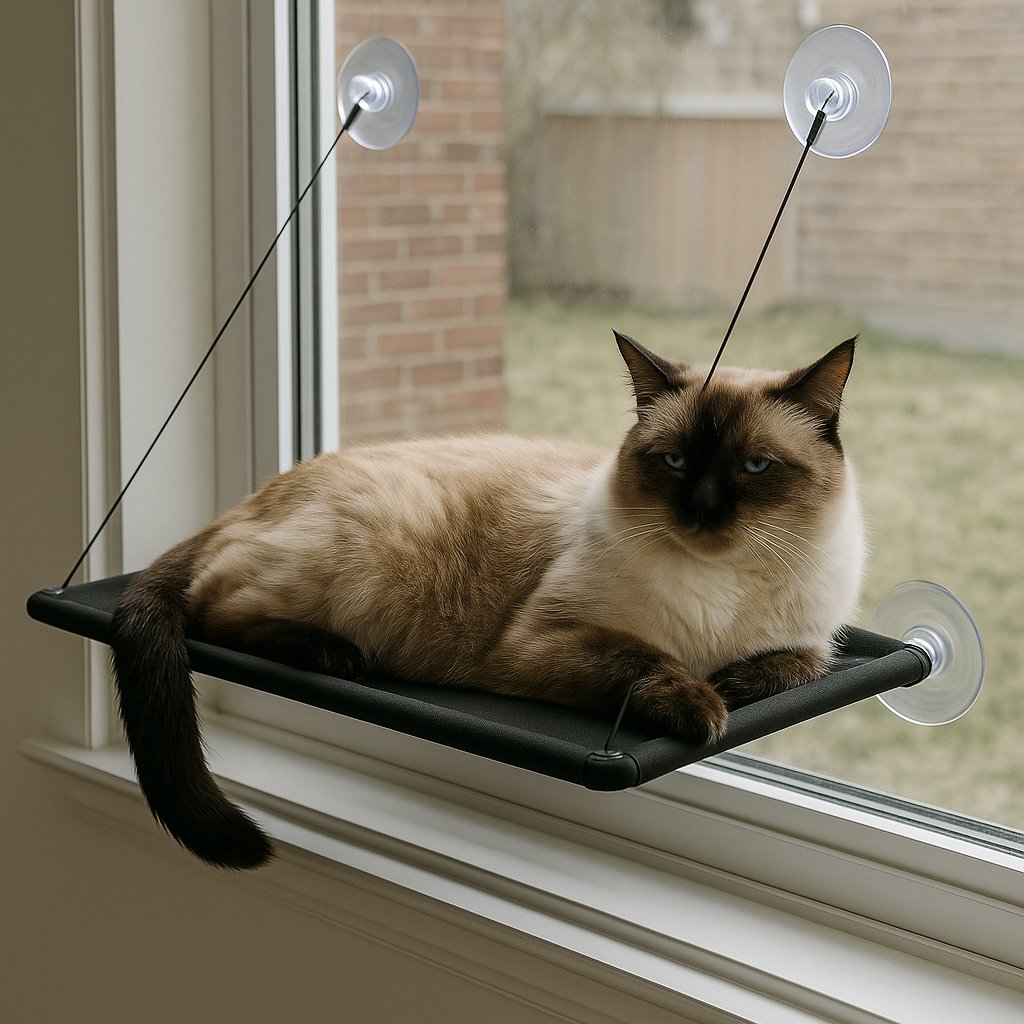Homemade Cat Food Transition Guide: Healthy Steps for 2025 🥩
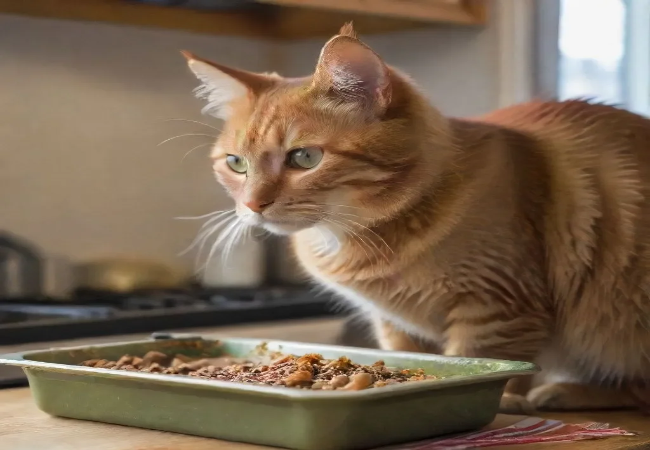
In this article
Homemade Cat Food Transition Guide: Healthy Steps for 2025 🥩
By Dr. Duncan Houston BVSc
Switching your cat from commercial cat food to homemade meals can be transformative for their health, wellbeing, and overall happiness. A homemade diet allows you to control ingredients, ensure freshness, and tailor meals to your cat’s individual needs. However, this transition must be approached carefully to maintain nutritional balance and safety.
🐱 Understanding Your Cat’s Nutritional Needs
Cats are obligate carnivores, meaning their diet must include meat and specific nutrients they cannot synthesize:
-
Taurine – essential for heart and eye health
-
Vitamin A – supports vision and immune function
-
Arachidonic acid – a fatty acid vital for skin, coat, and metabolism
Commercial cat foods are formulated to provide these nutrients, so when switching to homemade food, ensuring all dietary requirements are met is your responsibility.
🍽️ Gradual Transition is Key
A slow, gradual transition helps your cat adjust to new tastes, textures, and nutrition:
-
Start by replacing 10–20% of their daily meals with homemade food.
-
Gradually increase the proportion over 7–14 days.
-
Observe how your cat responds to the new diet in terms of appetite, stool consistency, and energy levels.
Use high-quality, human-grade meat, avoiding seasoned, processed, or toxic ingredients.
🧑⚕️ Work with Professionals
Consulting a veterinarian or certified pet nutritionist is crucial:
-
They can help design balanced meal plans based on your cat’s age, weight, breed, and health conditions.
-
Tools like homemade cat food recipes or cat food calculators can guide you in meeting all essential nutrient requirements.
🩺 Monitor Your Cat’s Health
During the transition, keep an eye on:
-
Weight changes
-
Coat condition (shiny vs. dull)
-
Energy and activity levels
-
Stool consistency
Regular check-ups ensure your cat isn’t developing deficiencies or excesses in their new diet.
🧼 Food Safety
Proper food handling is critical to prevent bacterial contamination:
-
Cook meat thoroughly
-
Keep surfaces, utensils, and containers clean
-
Freeze unused portions promptly
-
Avoid raw ingredients unless under vet supervision
Maintaining hygiene ensures your cat’s meals are safe and nutritious.
💡 Final Thoughts
Transitioning to homemade cat food can be a rewarding journey for both you and your cat. With careful planning, professional guidance, and attention to food safety, your feline friend can enjoy a balanced, personalized diet tailored to their specific needs. Remember: slow, steady, and informed transitions are the key to success.




